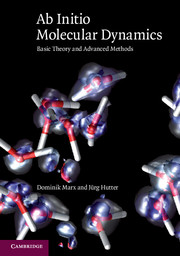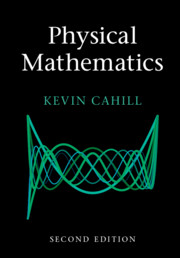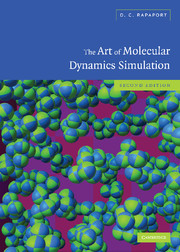Ab Initio Molecular Dynamics
Ab initio molecular dynamics revolutionized the field of realistic computer simulation of complex molecular systems and processes, including chemical reactions, by unifying molecular dynamics and electronic structure theory. This book provides the first coherent presentation of this rapidly growing field, covering a vast range of methods and their applications, from basic theory to advanced methods. This fascinating text for graduate students and researchers contains systematic derivations of various ab initio molecular dynamics techniques to enable readers to understand and assess the merits and drawbacks of commonly used methods. It also discusses the special features of the widely used Car–Parrinello approach, correcting various misconceptions currently found in research literature. The book contains pseudo-code and program layout for typical plane wave electronic structure codes, allowing newcomers to the field to understand commonly used program packages and enabling developers to improve and add new features in their code.
- Discusses the Car–Parrinello approach and its special features, helping to correct various misconceptions currently found in research literature
- Allows readers to understand widely used program packages and to improve their own programs by featuring pseudo-code and program layout
- Enables readers to assess the pros and cons of commonly used ab initio simulation methods by including systematic derivations of ab initio molecular dynamics schemes
Reviews & endorsements
Review of the hardback: '… a student or newcomer to the field of molecular dynamics will find the approaches discussed in Ab Initio Molecular Dynamics a good place to start … [The book is] written clearly and informed by the state-of-the-art research experiences of the authors themselves. Reading it is a valuable experience akin to spending time in their research groups.' Physics Today
Product details
October 2012Paperback
9781107663534
577 pages
244 × 173 × 30 mm
1.02kg
35 b/w illus.
Available
Table of Contents
- Preface
- 1. Setting the stage: why ab initio molecular dynamics?
- Part I. Basic Techniques:
- 2. Getting started: unifying MD and electronic structure
- 3. Implementation: using the plane wave basis set
- 4. Atoms with plane waves: accurate pseudopotentials
- Part II. Advanced Techniques:
- 5. Beyond standard ab initio molecular dynamics
- 6. Beyond norm-conserving pseudopotentials
- 7. Computing properties
- 8. Parallel computing
- Part III. Applications:
- 9. From materials to biomolecules
- 10. Properties from ab initio simulations
- 11. Outlook
- Bibliography
- Index.





